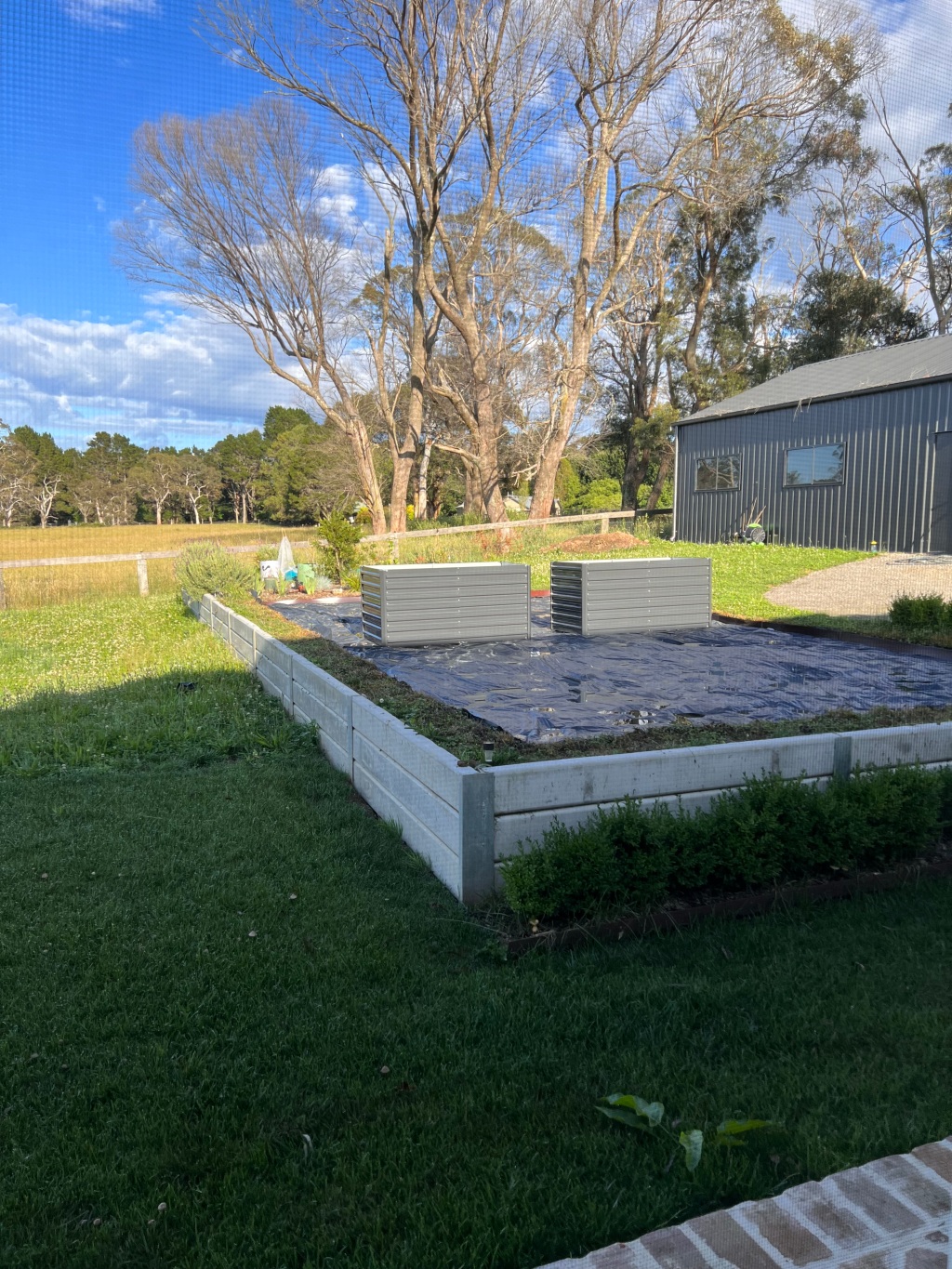Starting a kitchen garden in Australia can be a rewarding venture that not only brings the joy of gardening into your home but also contributes to sustainable living by providing fresh, organic produce right at your doorstep. Here’s how you can get started on this green thumb journey.
1. Choose the Right Location
Ideally, a successful kitchen garden needs good sunlight, protection from harsh winds, and proximity to your water supply. Most vegetables and herbs require at least six hours of sunlight per day, so choose a spot in your yard that receives ample sunlight. A north-facing spot is ideal in the southern hemisphere.
2. Decide on the Type of Garden
You can grow a kitchen garden in raised beds, pots, or directly in the ground. Raised beds are excellent for improving drainage and can be easier on your back. Pots are ideal for small spaces and patios, while traditional garden beds provide ample space for larger crops.
3. Soil Preparation
Good soil is the foundation of a healthy garden. For most kitchen gardens, loamy soil that drains well yet retains moisture is perfect. You might need to amend your soil with compost or well-rotted manure to enrich it before planting. In Australia, soil types can vary dramatically, so consider getting a soil test kit from your local garden center to tailor your soil amendments to your specific needs.
4. Choose Your Plants
Select plants that are suitable for your local climate zone. In Australia, the climate can vary from tropical in the north to temperate in the south. Local nurseries can provide advice on what will grow best in your area. Start with easy-to-grow vegetables like lettuce, tomatoes, cucumbers, and herbs like basil and parsley.
5. Planting
Timing is crucial. Most Australian regions have specific planting guides. Generally, spring is a great time to start most of your planting. However, in tropical areas, the wet season might be more suitable. Use a planting calendar for your climate zone to get your timing right. Space your plants according to the recommendations provided on seed packets or plant tags.
6. Watering and Maintenance
Regular watering is vital, especially in the warmer months. Early morning is the best time to water your plants to reduce evaporation losses. Mulching your garden beds can help retain moisture and suppress weeds. Keep an eye out for pests and diseases and use organic pest control methods to handle any outbreaks.
7. Harvesting
The joy of a kitchen garden is harvesting your produce. Pick vegetables and herbs when they are ready; regular harvesting encourages more produce. Leafy greens can often be harvested leaf by leaf, while fruits like tomatoes should be picked as they ripen.
8. Ongoing Care
Rotate your crops each season to help prevent soil depletion and reduce the risk of disease. Replenish the soil with compost and organic matter every new planting season to keep it healthy and productive.
Conclusion
Starting a kitchen garden in Australia can adapt to any lifestyle or space. With some basic preparation and care, you can enjoy a bountiful harvest that is not only delicious but also contributes to a sustainable lifestyle. Whether you are a seasoned gardener or a novice, the benefits of growing your own food are immense and gratifying.
Starting a kitchen garden is a step towards self-sufficiency and can be a deeply satisfying way to connect with nature and improve your well-being. Enjoy the fruits (and vegetables!) of your labor, and happy gardening!
